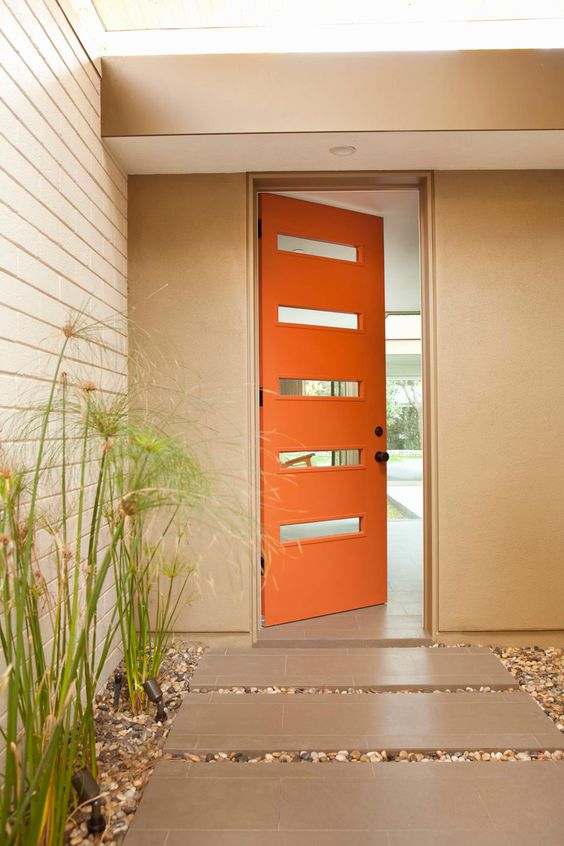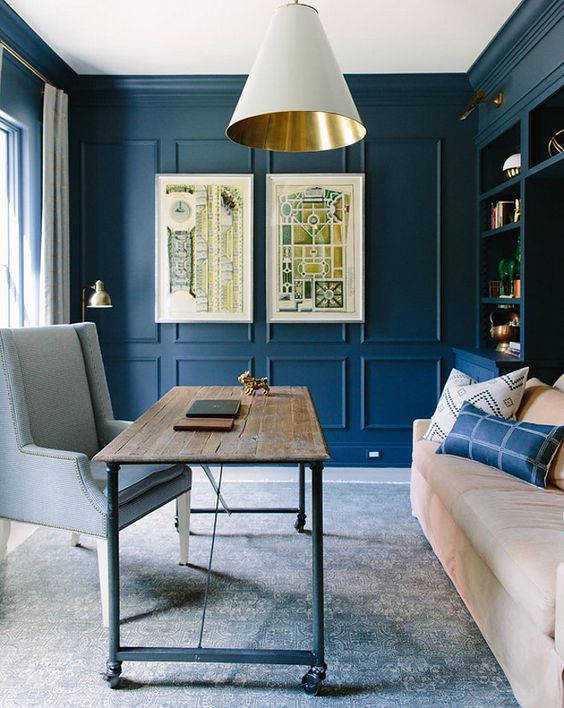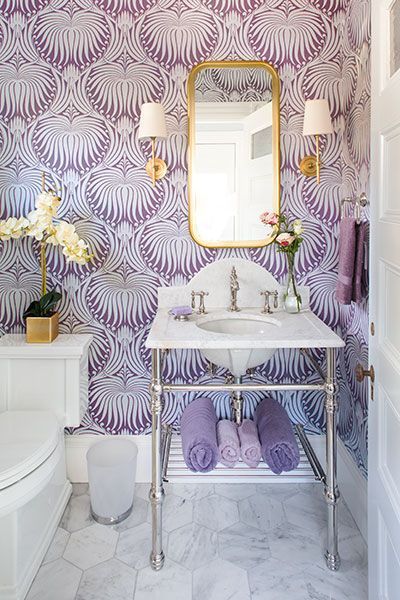Have you ever wondered why you are overcome with certain emotions or feelings upon entering a space? Chances are it has something to do with the colours that are present within.
‘Colour Psychology’ is known as the study of how our brain perceives what it visualizes. It is based on both mental and emotional effects and is examined in many different fields of study such as Marketing, Graphic Design, and Interior Design.
Colour evokes many different moods and feelings. That said, it is a very important tool for homeowners and designers to utilize when considering which colour palettes to incorporate.
Below is a list of the most commonly used colours and their associated psychological effects.

Photo Credit: Canadian Log Homes
Red
The colour red conveys drama, romance, power, passion, and even danger. It encourages appetite (it is actually used in many food and drink brands around the world for this very reason!) and heightens the senses. Red is suitable for use in dining rooms and kitchens.

Photo Credit: Plastolux
Orange
The colour orange conveys friendliness, happiness, innovation, energy, and fun! It attracts attention as well as makes spaces feel approachable and welcoming. Orange is suitable for use in entryways, home gyms, living rooms, and dining rooms.

Photo Credit: Home Design Lover
Yellow
The colour yellow conveys energy, optimism, hospitality, communication, and creativity. It also increases metabolism and improves concentration. Yellow is suitable for kitchens and breakfast nooks.

Photo Credit: Frenchy Fancy
Green
The colour green conveys growth, renewal, relaxation, gentleness, reassurance, safety, and balance. It creates a calming and feel-good atmosphere. Green is suitable for use in bedrooms.

Photo Credit: Home Bunch
Blue
The colour blue conveys strength, dependability, tranquility, calmness, freshness, and serenity. It is considered the most productive colour and can create a mood that is cheerful and refreshing. It also evokes feelings of reflectivity. Blue is suitable for use in bedrooms and offices.

Home Credit: South Shore Decorating Blog
Purple
The colour purple conveys mystery, eccentricity, luxury, sophistication, and spirituality. It encourages feelings of romance and nostalgia. Purple is suitable for use in bedrooms and bathrooms.

Photo Credit: Home BNC
Pink
The colour pink conveys compassion, tenderness, and love. It encourages feelings of hope and positivity. Pink is suitable for use in bedrooms.

Photo Credit: Decor Pad
White
White conveys honesty, peace, inspiration, courage, wisdom, creativity, and simplicity. It creates a refreshing, airy, and clean look within homes. White is suitable for use in small spaces as it can make them feel larger and more spacious.

Photo Credit: One Kindesign
Grey
Grey conveys change, communication, reflection, and eloquence. It also emulates formality and creates a clean, refreshing appearance. Grey is suitable for use in living rooms.

Photo Credit: Looks Like White
Black
Black conveys perseverance, confidence, independence, authority, protection, strength, and boldness. It implies self-control, discipline, independence, and strong will. It also gives an impression of authority and power. If integrated correctly, black creates elegant and sophisticated designs. It is suitable for use in any room in moderation.
Deciding which colours to incorporate within your home can be a daunting task. Hopefully the information above makes the process a little less overwhelming and a little more enjoyable!
What are your go to colours when decorating? Do you feel a emotional connection to the colours you are drawn to?
xo
Natalie
Great Post!
LikeLike